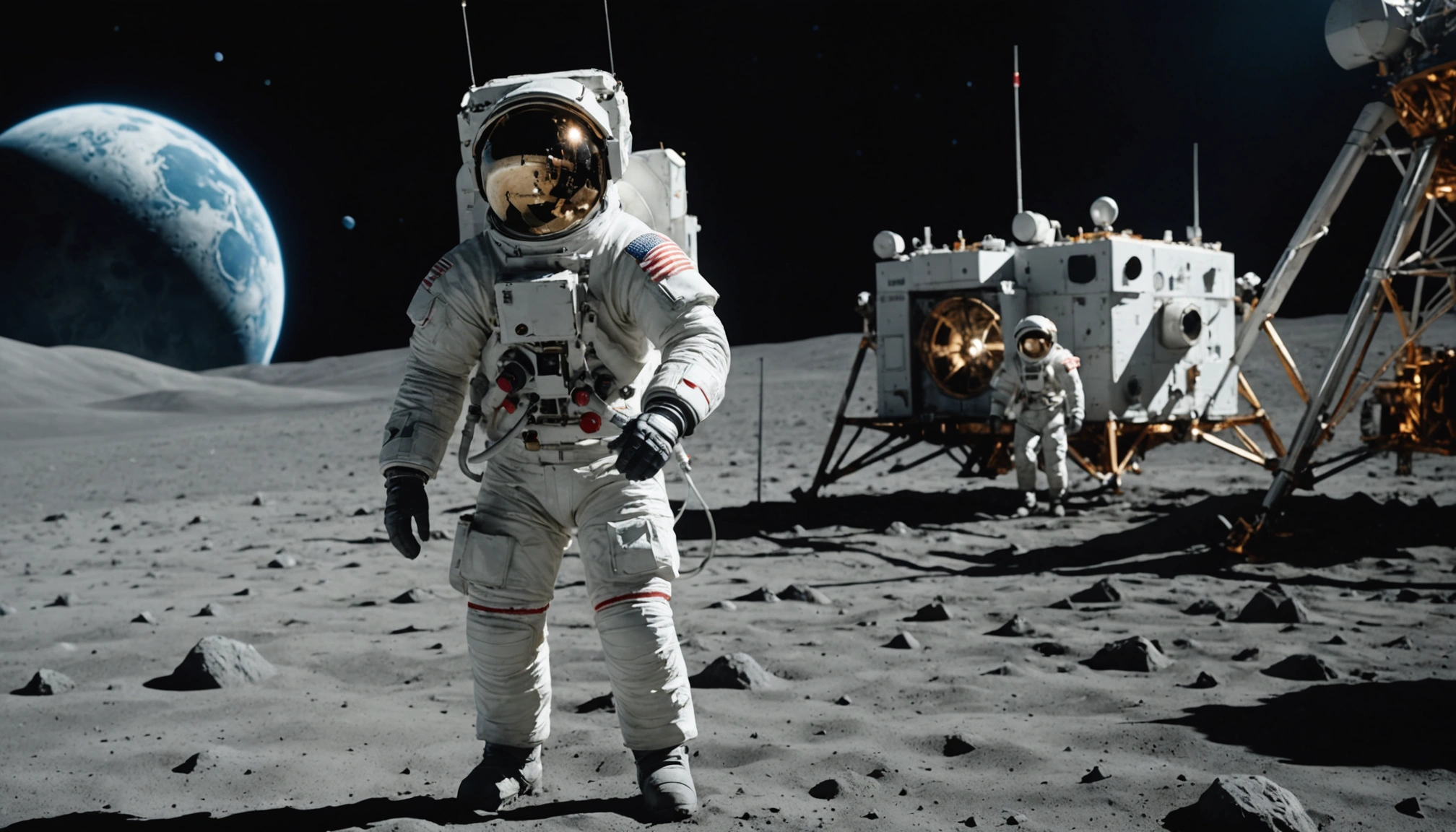Ispace's Second Lunar Landing Attempt Ends in Failure, Raising Questions About Commercial Space Resilience

Tokyo - Japan's ispace suffered a setback in its lunar ambitions as its second attempt to land on the Moon ended in failure on June 5, 2025. The Resilience lander, part of the Hakuto-R Mission 2, experienced a malfunction during its descent, leading to what is believed to be a hard landing on the lunar surface. This marks the second consecutive unsuccessful landing attempt for the private Japanese company, raising concerns about the challenges and risks associated with commercial lunar exploration.
Mission Overview and Timeline
The Hakuto-R Mission 2, also known as Resilience, launched on January 15, 2025, from the Kennedy Space Center in Florida aboard a SpaceX Falcon 9 rocket. The mission aimed to achieve a soft landing in the Mare Frigoris region, also known as the "Sea of Cold," located in the far north of the Moon. After a four-month journey, the spacecraft entered lunar orbit on May 7, 2025, and spent the following weeks completing orbital maneuvers in preparation for the landing attempt.
The Resilience lander, standing 2.3 meters tall, began its descent sequence on June 5, initiating its main propulsion system to decelerate and adjust its attitude. According to ispace, the lander maintained a nearly vertical position during the descent. However, communication with the craft was lost shortly before the scheduled touchdown.
Technical Malfunction and Probable Cause
Preliminary data suggests that the lander's laser rangefinder, responsible for measuring the distance to the lunar surface, experienced delays in obtaining accurate measurements. As a result, the lander was unable to decelerate sufficiently to achieve the required speed for a soft landing. Ispace officials believe that the lander likely experienced a hard landing, effectively crashing onto the lunar surface.
Takeshi Hakamada, founder and CEO of ispace, stated that the company's top priority is to analyze the telemetry data and identify the root cause of the failure. He also expressed the company's commitment to providing a report of the findings to restore trust in its capabilities.
Payloads and Mission Objectives
The Resilience lander carried several commercial payloads worth an estimated $16 million, including a food-production experiment, a deep-space radiation probe, and a rover named Tenacious. The rover, developed by ispace's European subsidiary, was intended to collect and analyze lunar regolith and deploy a Swedish artwork called The Moonhouse at a symbolically meaningful location on the Moon.
The mission served as a technology demonstration, with the ultimate goal of establishing reliable transportation and data services on the Moon. Ispace envisions creating a lunar colony of 1,000 inhabitants by the 2040s.
Implications for Ispace and Commercial Lunar Exploration
The failure of the Resilience mission represents a significant setback for ispace and its lunar ambitions. The company's stock experienced a dip in May 2025 amid liquidity concerns, and this second consecutive landing failure raises further questions about the feasibility and reliability of its technology.
Despite the challenges, ispace remains committed to its lunar quest. The company has announced plans to proceed with its larger landers for Mission 3 and Mission 4, with Mission 3 targeting a landing in 2027. These future missions will utilize the Apex 1.0 lander, which is being designed by ispace-U.S. and Draper Laboratories as part of NASA's Commercial Lunar Payload Services (CLPS) program.
The ispace failures highlight the inherent risks and complexities of lunar landings, even for experienced firms. The company's experience underscores the need for robust testing, redundancy in critical systems, and a diversified approach to mission design.
Broader Context and Future Prospects
Ispace's struggles are not unique in the realm of commercial lunar exploration. Several other private companies have also experienced setbacks in their attempts to land on the Moon, including Astrobotic and Firefly Aerospace. Only Intuitive Machines has achieved a soft landing on the Moon, although their Odysseus lander tipped over shortly after touchdown.
Despite these challenges, the pursuit of commercial lunar exploration continues to gain momentum. NASA's CLPS program is fostering innovation and competition in the private sector, with the goal of enabling affordable and reliable access to the lunar surface. The long-term potential of the lunar economy, estimated to reach $1 trillion by 2040, is driving investment and technological advancements in this field.
Japan's Space Program and International Collaboration
The ispace mission is part of a broader effort by Japan to strengthen its presence in space. The country has committed significant resources to its space program, including lunar exploration, satellite launches, and space security initiatives. Japan is also actively involved in international collaborations, such as the U.S.-led Artemis program, which aims to return humans to the Moon and establish a sustainable lunar presence.
Japan's space program faces challenges, including a small domestic market and a need to enhance the competitiveness of its space-based economy. However, the country's commitment to innovation, international cooperation, and a growing ecosystem of private companies positions it as a key player in the global space sector.
Conclusion
The failure of ispace's second lunar landing attempt serves as a reminder of the difficulties and risks inherent in space exploration. While the setback is undoubtedly disappointing for the company and its stakeholders, it also provides valuable lessons for the future of commercial lunar endeavors. Ispace's commitment to analyzing the data, identifying the root cause of the failure, and continuing its lunar quest demonstrates the resilience and determination required to overcome challenges in this high-stakes field. As the pursuit of lunar exploration continues, the lessons learned from ispace's experience will contribute to the development of more robust and reliable technologies, paving the way for future successes in the commercial space sector.
Related Articles

Indian Author and Translator Win International Booker Prize for Short Story Collection 'Heart Lamp'

